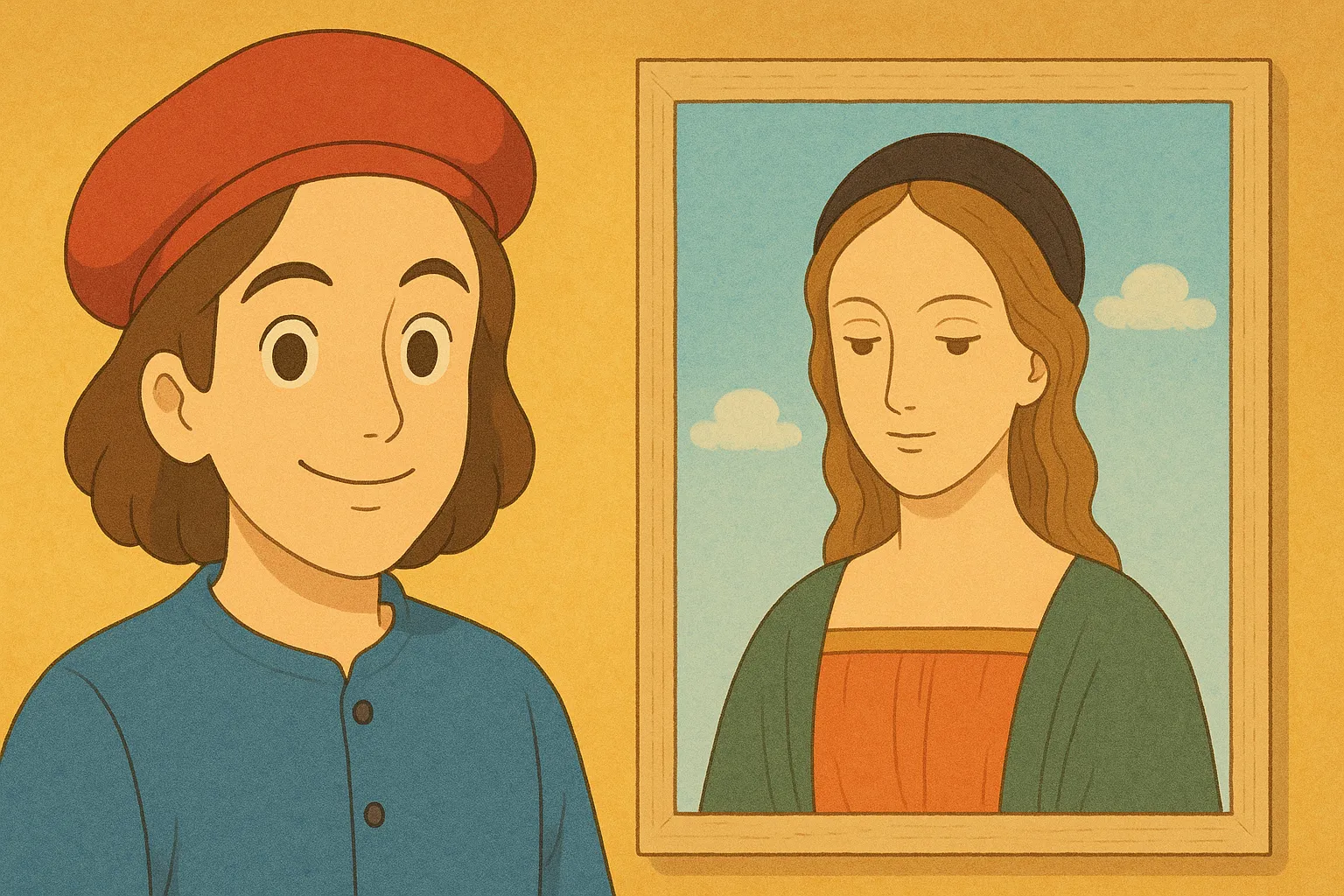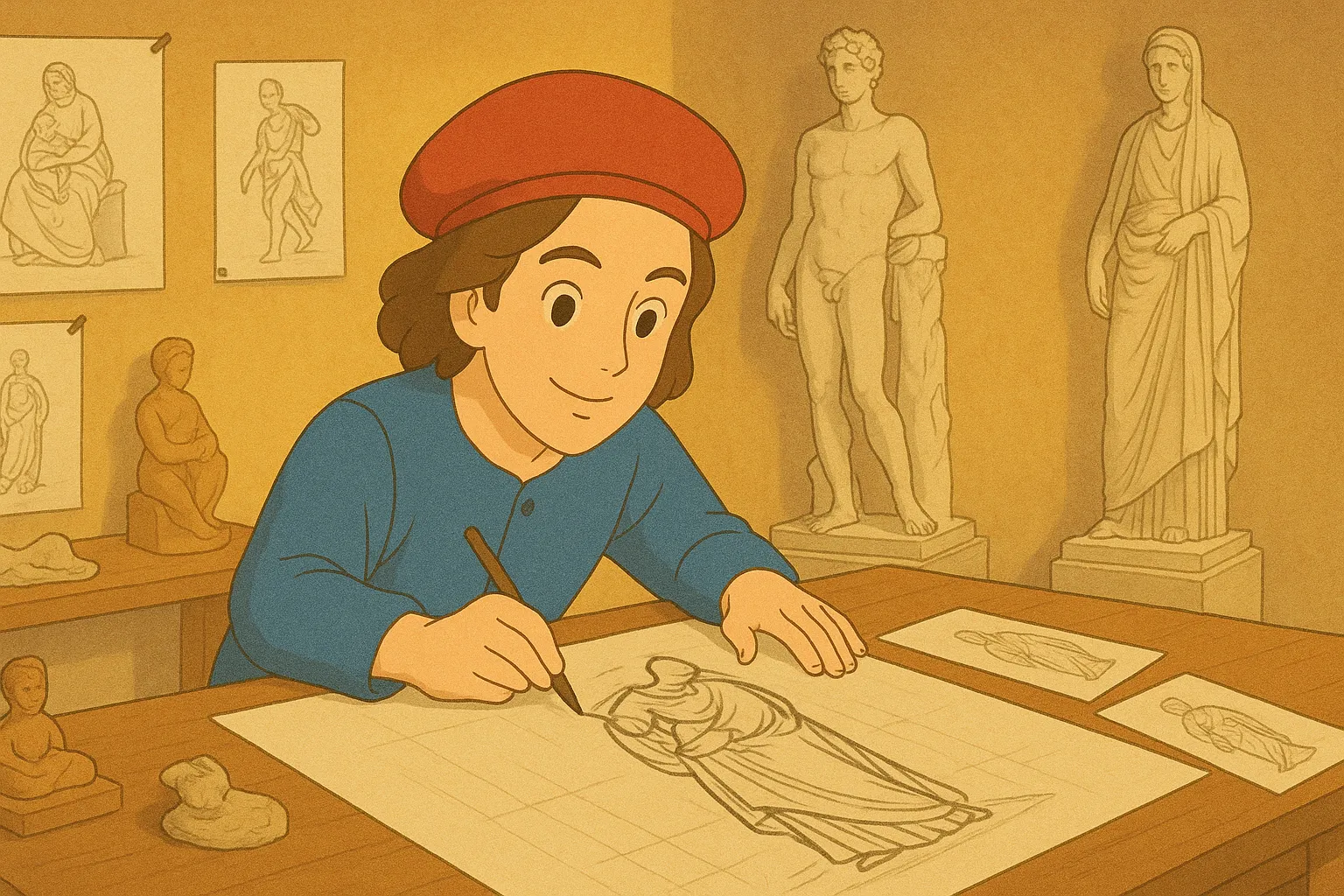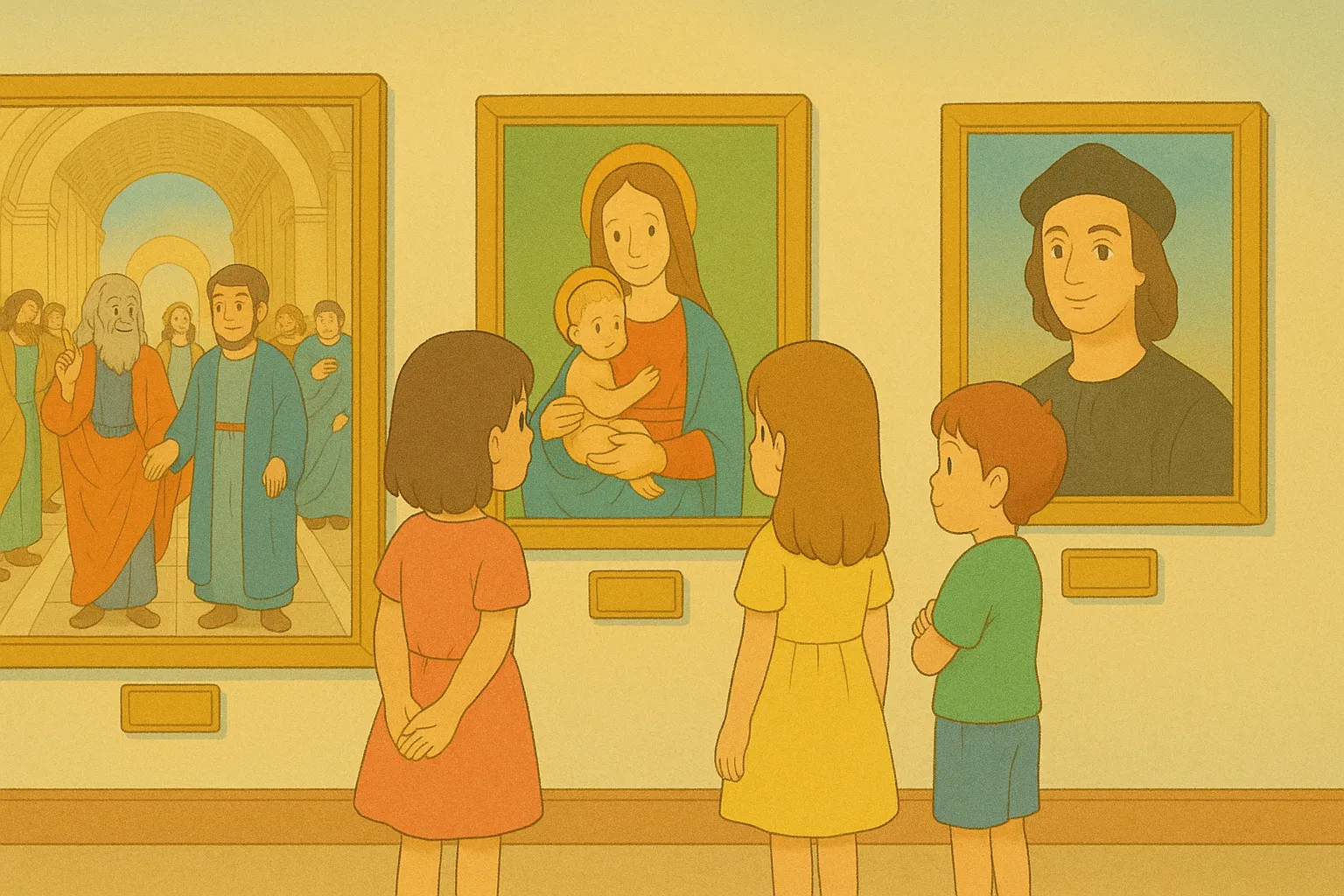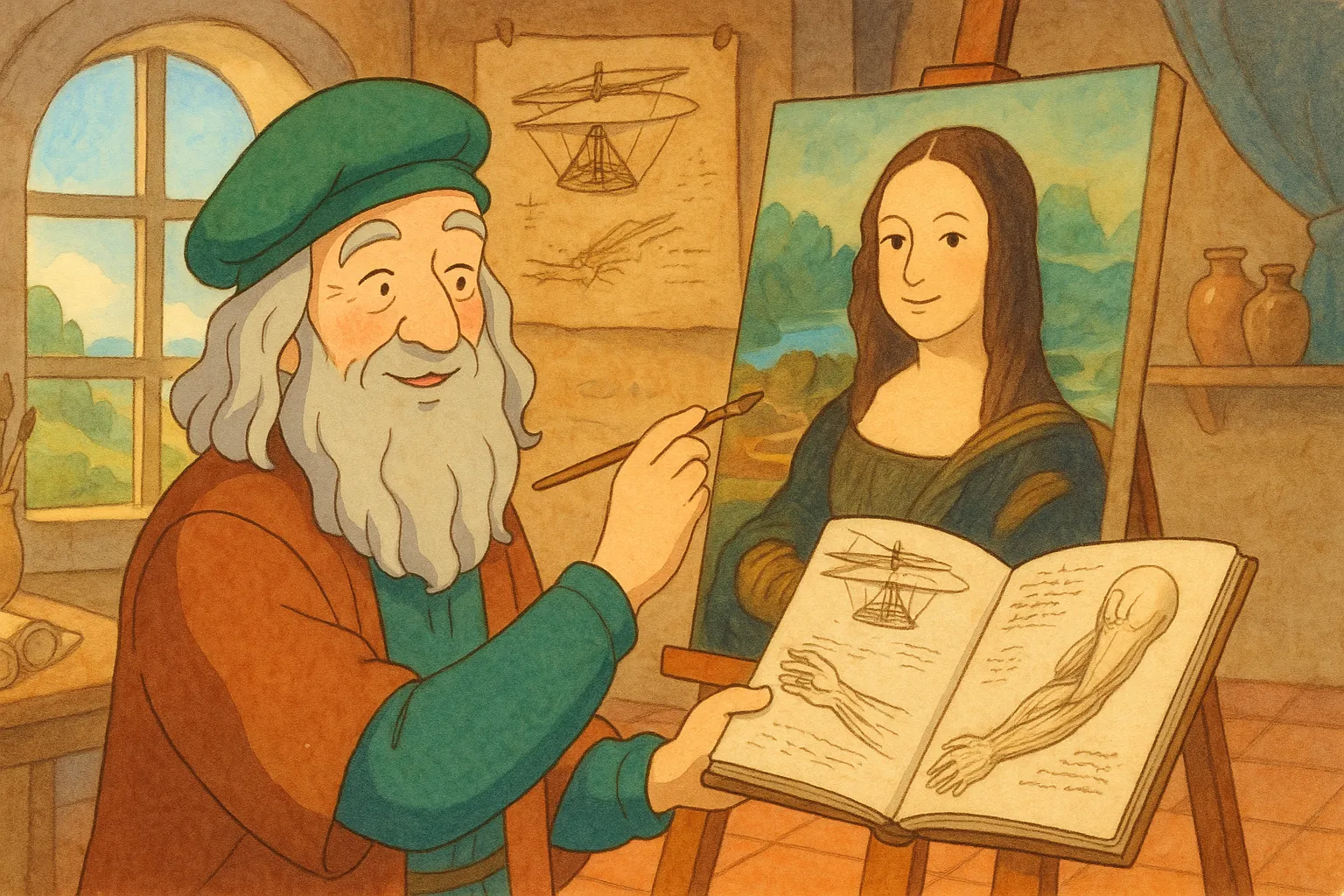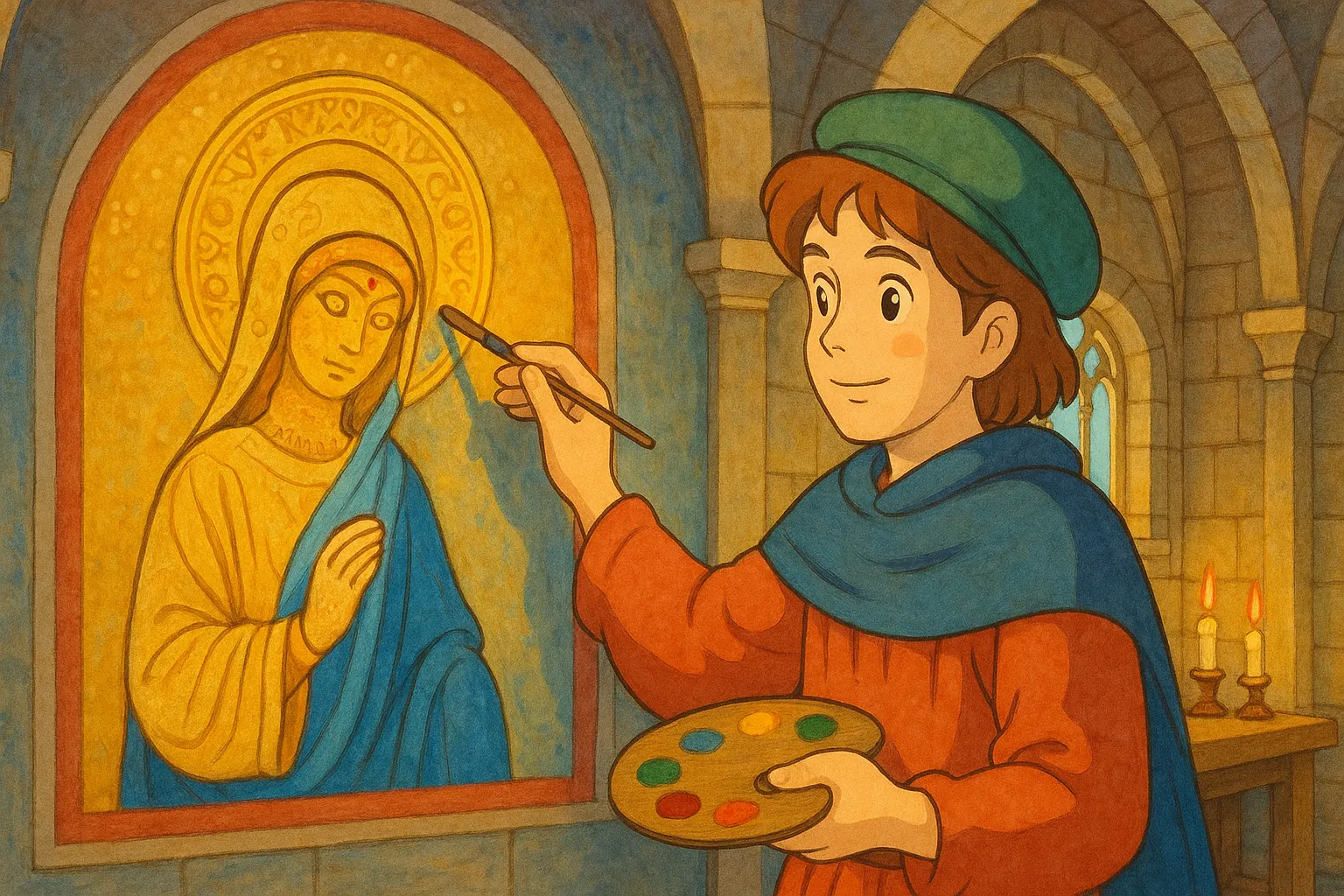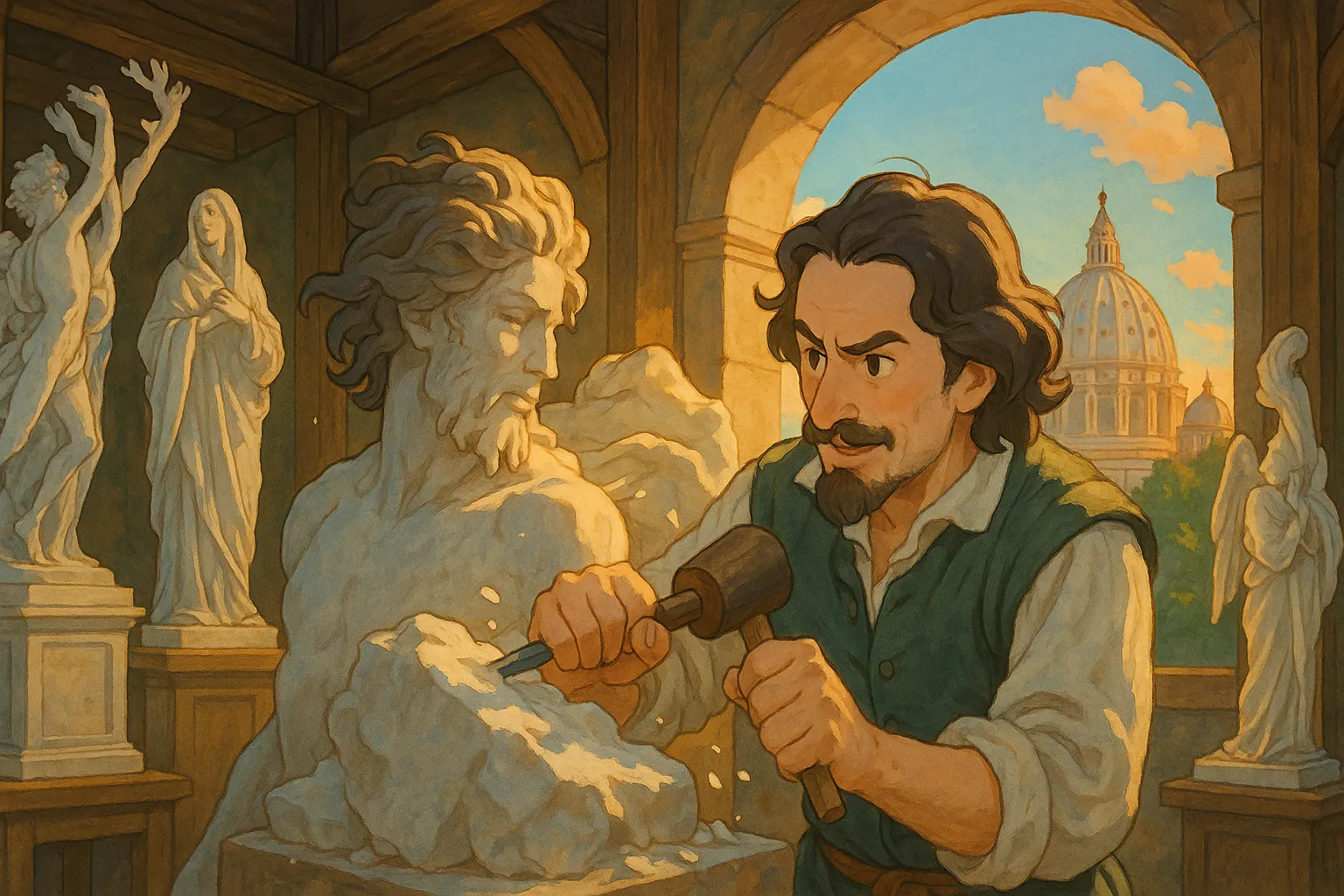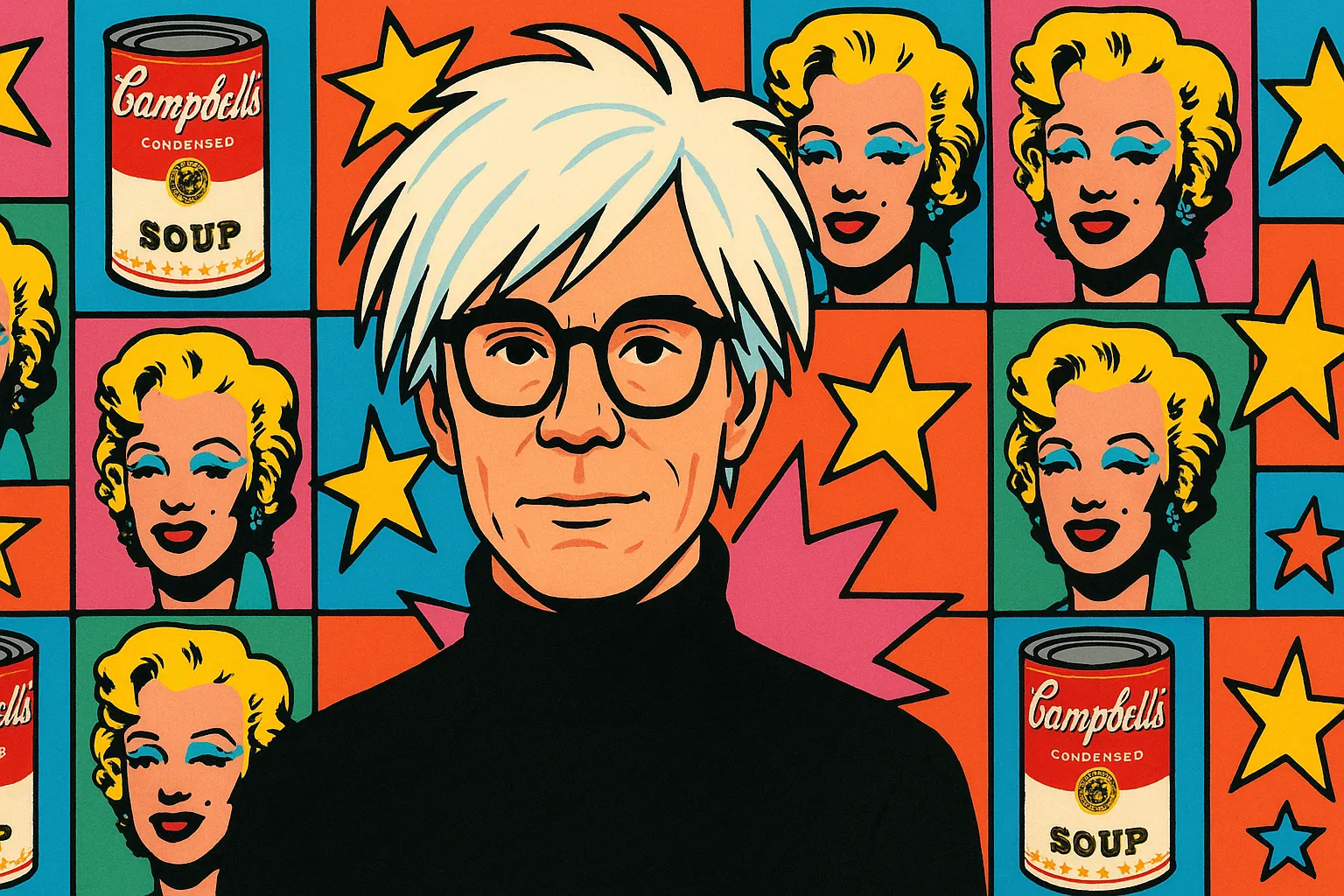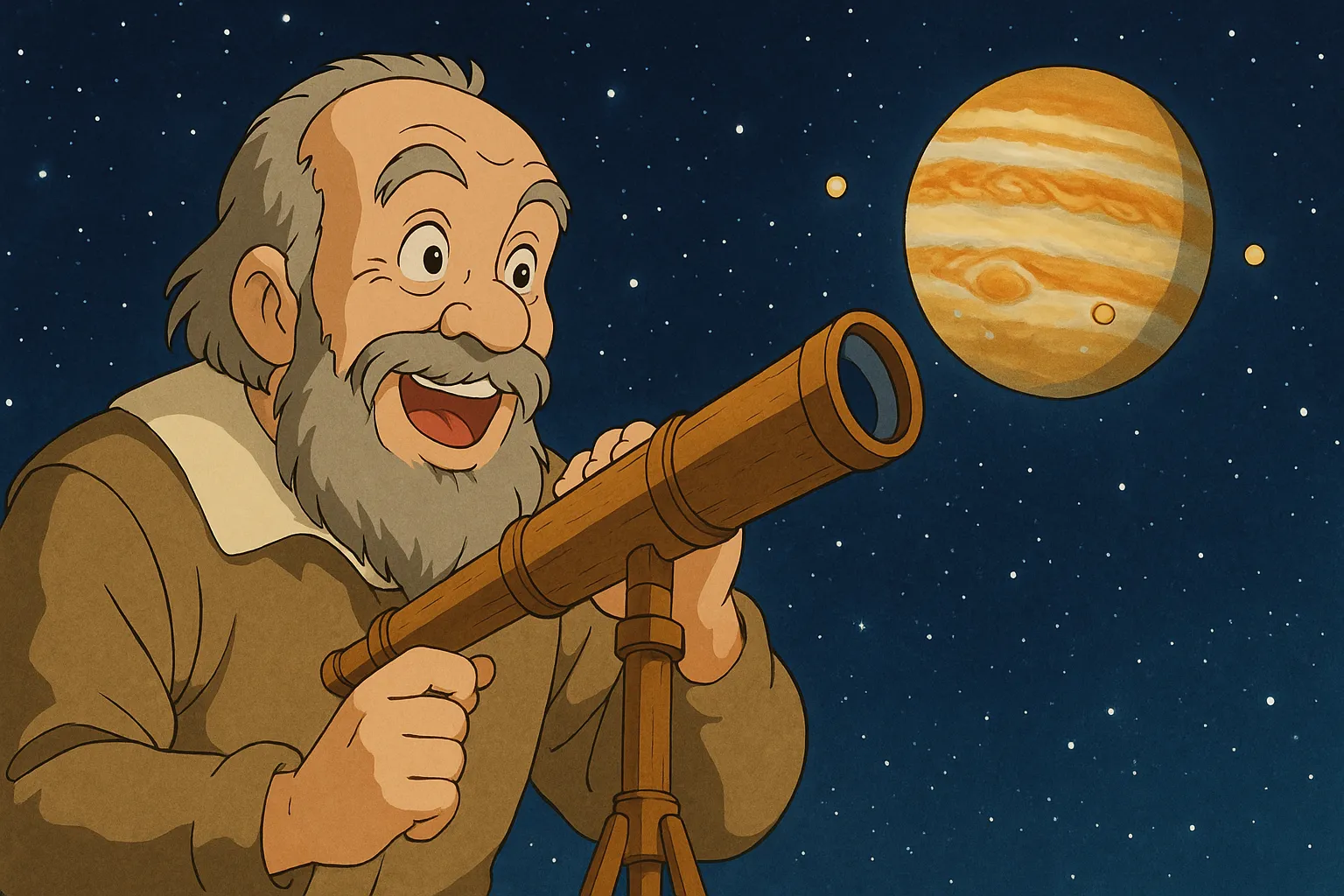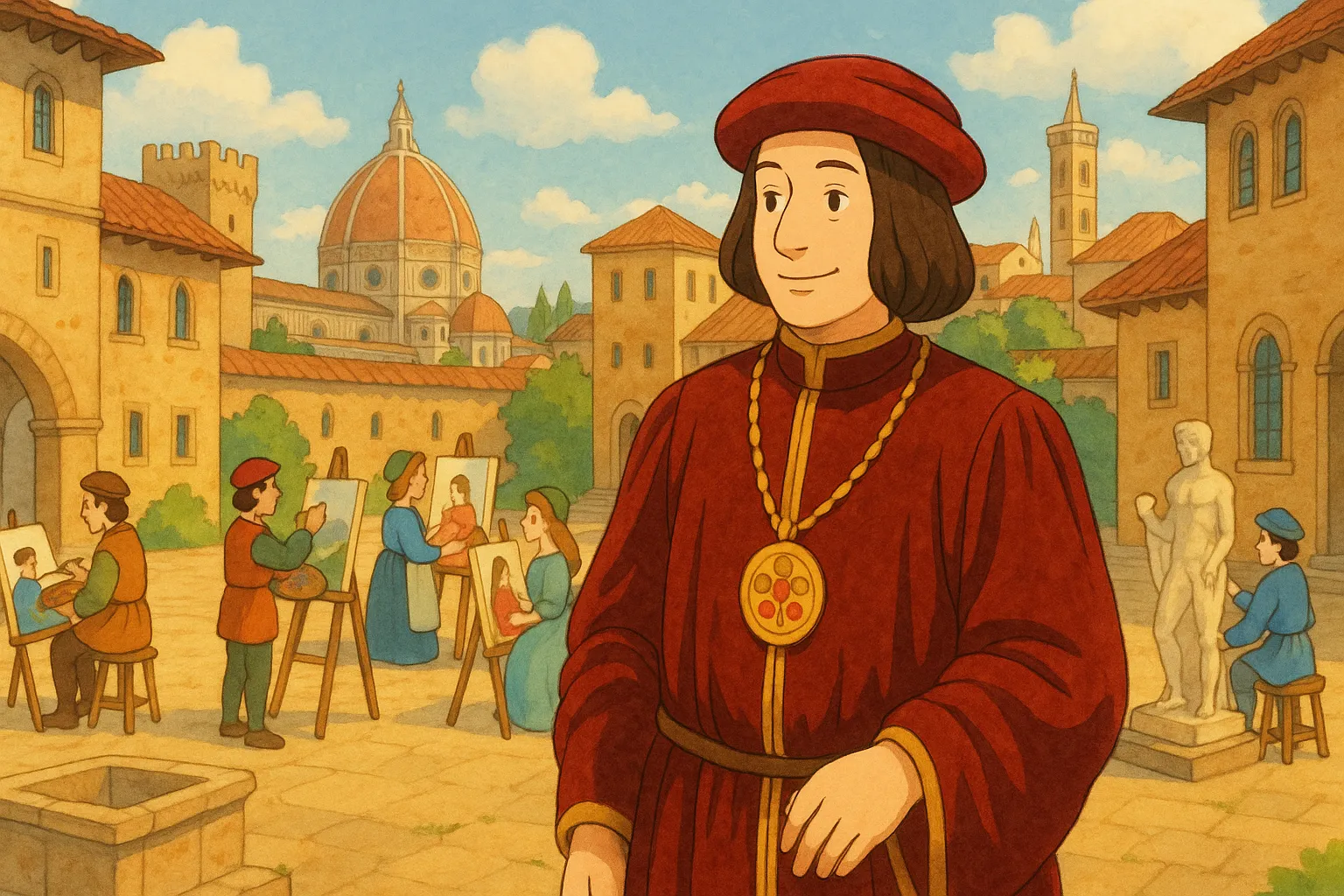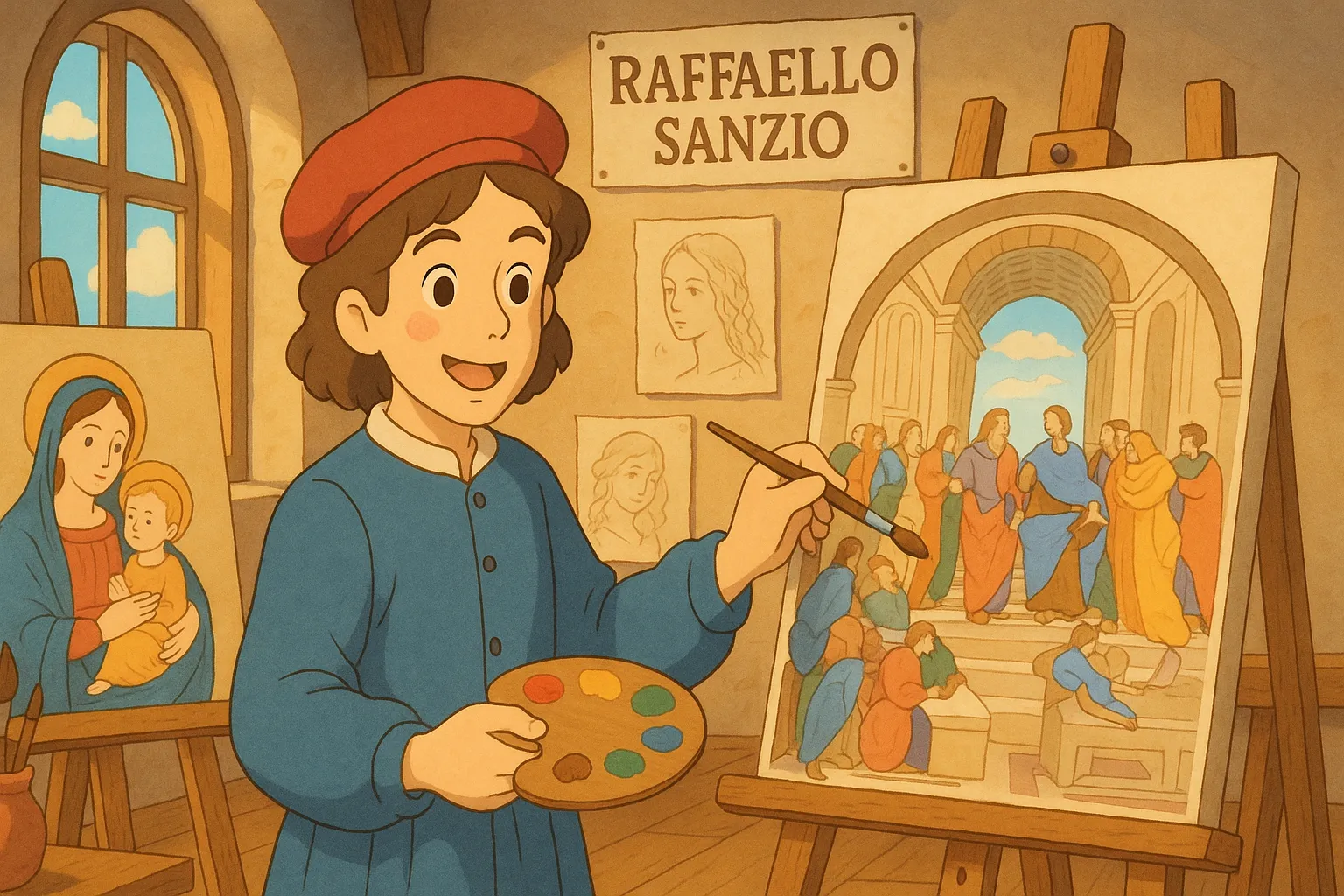
Frequently Asked Questions
Where can I see Raphael's works today?
Many major museums hold his paintings: the Vatican Museums and Pinacoteca (Rome), the Uffizi (Florence), the Louvre (Paris), the National Gallery (London), and the Prado (Madrid), among others.
What was his full name and family background?
He was Raffaello Sanzio (often styled Raffaello Sanzio da Urbino). His father, Giovanni Santi, was a court painter and poet in Urbino, giving Raphael early exposure to art and court culture.
Who were Raphael's most notable pupils?
Two leading pupils were Giulio Romano and Perino del Vaga, who carried his classical style into architecture and decoration and ran large workshops of their own.
Did Raphael create designs for tapestries or decorative arts?
Yes. He produced designs used for large-scale decorative works, including tapestry cartoons commissioned for the Sistine Chapel and other courtly projects.
What media and techniques did Raphael use?
Raphael worked in fresco and oil on panel/canvas, and his drawings employed silverpoint, red chalk, charcoal and pen—showing careful planning and elegant draughtsmanship.
Did Raphael paint portraits as well as religious scenes?
Absolutely. He painted sensitive, influential portraits—famous examples include Baldassare Castiglione and several portraits of popes and nobles that capture character as well as likeness.
How did Raphael die and where is he buried?
He died suddenly in Rome in 1520; accounts cite fever and overwork but the exact cause is uncertain. He was buried in the Pantheon in Rome.
Was Raphael just a rival of Michelangelo or also an admirer?
Their relationship mixed rivalry with respect. They competed for major commissions in Rome, yet Raphael absorbed and adapted some of Michelangelo's expressive ideas while keeping his own harmonious style.
